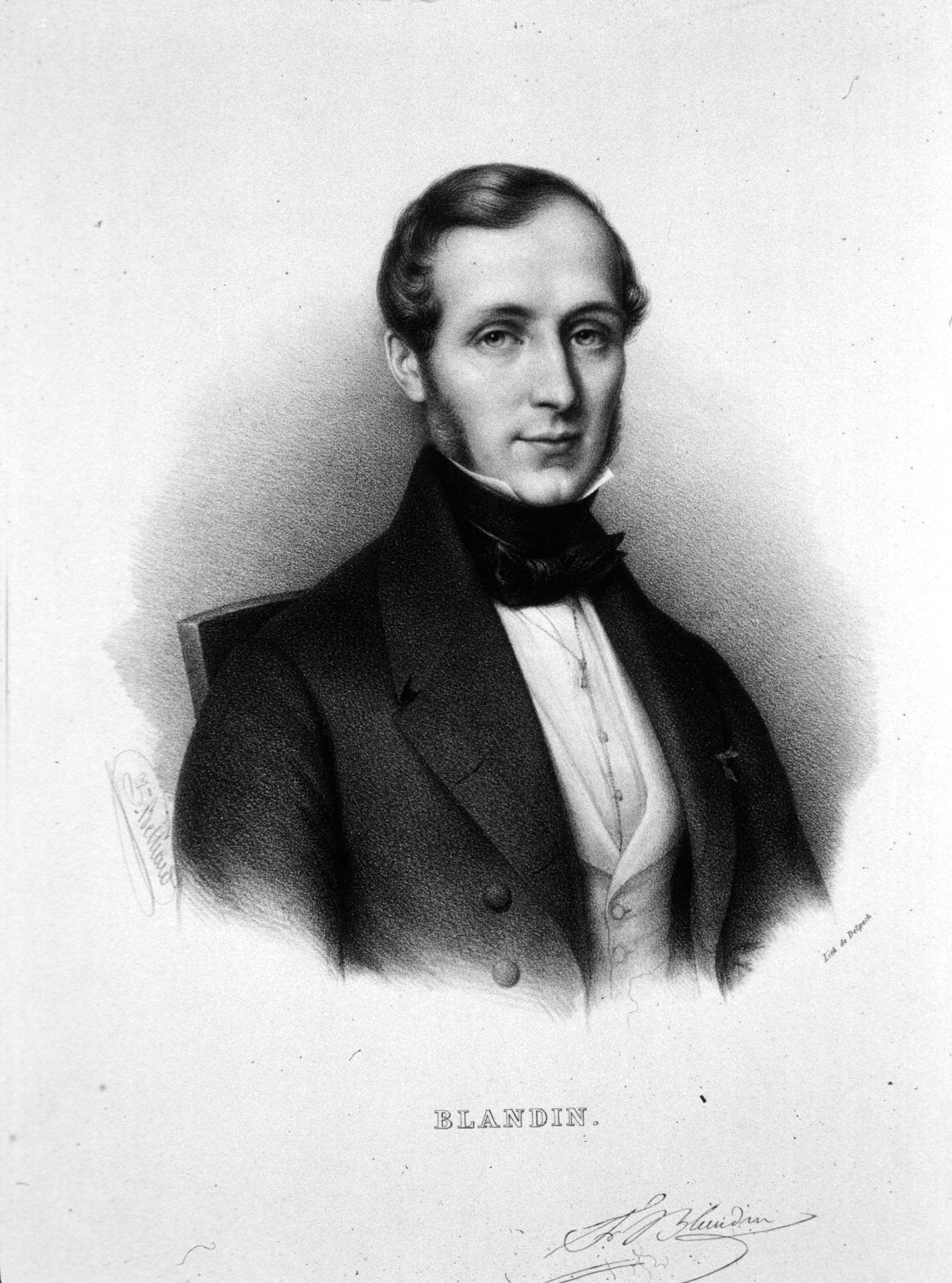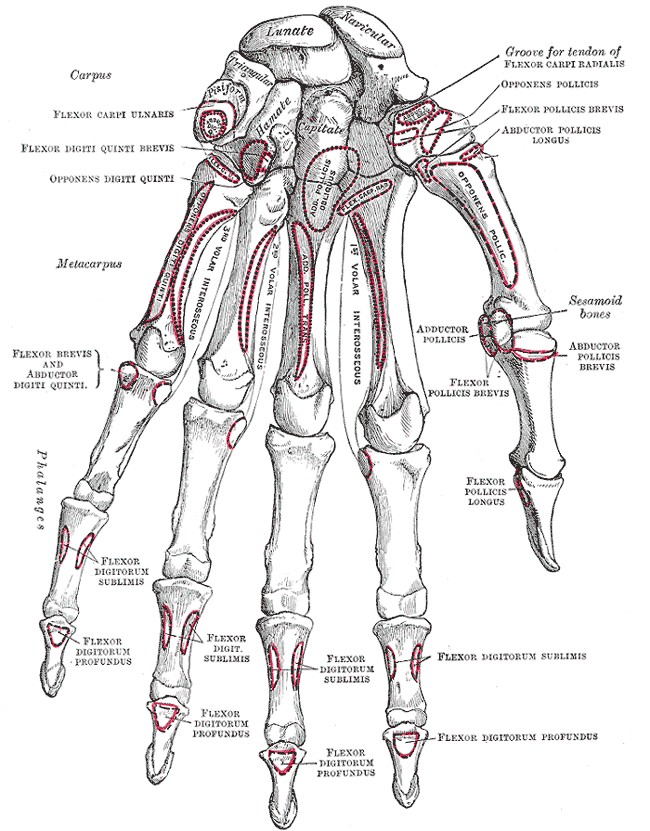|
Anterior Lingual Glands
Anterior lingual glands (also called apical glands) are deeply placed seromucous glands that are located near the tip of the tongue on each side of the ''frenulum linguae''. They are found on the under surface of the apex of the tongue, and are covered by a bundle of muscular fibers derived from the ''styloglossus'' and ''longitudinalis inferior''. They are between in length, and approximately wide, and each opens by three or four ducts on the under surface of the tongue's apex. The anterior lingual glands are sometimes referred by eponymous names such as: * ''Bauhin's glands'': Named after Swiss anatomist Gaspard Bauhin (1560–1624). * ''Blandin's glands'': Named after French surgeon Philippe-Frédéric Blandin (1798-1849). * ''Nuhn's glands'': Named after German anatomist Anton Nuhn (1815–1889). References Mondofacto Dictionary{Dead link, date=September 2019 , bot=InternetArchiveBot , fix-attempted=yes (definition of eponym) * ''This article was originally based on an ... [...More Info...] [...Related Items...] OR: [Wikipedia] [Google] [Baidu] |
Seromucous Gland
Exocrine glands are glands that secrete substances onto an epithelial surface by way of a duct. Examples of exocrine glands include sweat, salivary, mammary, ceruminous, lacrimal, sebaceous, prostate and mucous. Exocrine glands are one of two types of glands in the human body, the other being endocrine glands, which secrete their products directly into the bloodstream. The liver and pancreas are both exocrine and endocrine glands; they are exocrine glands because they secrete products—bile and pancreatic juice—into the gastrointestinal tract through a series of ducts, and endocrine because they secrete other substances directly into the bloodstream. Exocrine sweat glands are part of the integumentary system; they have eccrine and apocrine types. Classification Structure Exocrine glands contain a glandular portion and a duct portion, the structures of which can be used to classify the gland. * The duct portion may be branched (called compound) or unbranched (called simpl ... [...More Info...] [...Related Items...] OR: [Wikipedia] [Google] [Baidu] |
Tongue
The tongue is a Muscle, muscular organ (anatomy), organ in the mouth of a typical tetrapod. It manipulates food for chewing and swallowing as part of the digestive system, digestive process, and is the primary organ of taste. The tongue's upper surface (dorsum) is covered by taste buds housed in numerous lingual papillae. It is sensitive and kept moist by saliva and is richly supplied with nerves and blood vessels. The tongue also serves as a natural means of cleaning the teeth. A major function of the tongue is to enable speech in humans and animal communication, vocalization in other animals. The human tongue is divided into two parts, an oral cavity, oral part at the front and a pharynx, pharyngeal part at the back. The left and right sides are also separated along most of its length by a vertical section of connective tissue, fibrous tissue (the lingual septum) that results in a groove, the median sulcus, on the tongue's surface. There are two groups of glossal muscles. The f ... [...More Info...] [...Related Items...] OR: [Wikipedia] [Google] [Baidu] |
Frenulum Linguae
The frenulum (or frenum) of the tongue, tongue web, lingual frenulum, frenulum linguae, or fraenulum is a small fold of mucous membrane extending from the floor of the mouth to the midline of the underside of the human tongue. Development The tongue starts to develop at about four weeks. The tongue originates from the first, second, and third pharyngeal arches which induces the migration of muscles from the occipital myotomes. A U-shaped sulcus develops in front of and on both sides of the oral part of the tongue. This allows the tongue to be free and highly mobile, except at the region of the lingual frenulum, where it remains attached. Disturbances during this stage cause tongue tie or ankyloglossia. During the sixth week of gestation, the medial nasal processes approach each other to form a single globular process that in time gives rise to the nasal tip, columella, prolabium, frenulum of the upper lip, and the primary palate. As the tongue continues to develop, frenulum cell ... [...More Info...] [...Related Items...] OR: [Wikipedia] [Google] [Baidu] |
Styloglossus
The styloglossus muscle is a bilaterally paired muscle of the tongue. It originates at the styloid process of the temporal bone. It inserts onto the side of the tongue. It acts to elevate and retract the tongue. It is innervated by the hypoglossal nerve (cranial nerve XII). Anatomy The styloglossus muscle is the shortest and smallest of the three styloid muscles. Origin It arises from (the anterior and lateral surfaces of) the styloid process of the temporal bone near its apex, and from the stylomandibular ligament. Course and relations It passes anterioinferiorly from its origin to its insertion between the internal carotid artery and the external carotid artery, and between the superior pharyngeal constrictor muscle The superior pharyngeal constrictor muscle is a quadrilateral muscle of the pharynx. It is the uppermost and thinnest of the three pharyngeal constrictors. The muscle is divided into four parts according to its four distincts origins: a pterygop ... an ... [...More Info...] [...Related Items...] OR: [Wikipedia] [Google] [Baidu] |
Longitudinalis Inferior
The inferior longitudinal muscle of tongue is an intrinsic muscle of the tongue. It is situated on the under surface of the tongue between the genioglossus and hyoglossus. It is innervated by the hypoglossal nerve (cranial nerve XII). Its contraction shortens and thickens the tongue. Structure The inferior longitudinal muscle of the tongue is an intrinsic muscle of the tongue. It is thin and oval in cross-section. It is situated between the paramedian septum, and the lateral septum. It extends from the root to the apex of the tongue. Posteriorly, some of its fibers attach onto the body of the hyoid bone. Anteriorly, its fibres blend with those of the styloglossus, hyoglossus, and genioglossus The genioglossus is one of the paired extrinsic muscles of the tongue. It is a fan-shaped muscle that comprises the bulk of the body of the tongue. It arises from the mental spine of the mandible; it inserts onto the hyoid bone, and the bottom o ... to form the ventral area of the tip ... [...More Info...] [...Related Items...] OR: [Wikipedia] [Google] [Baidu] |
Gaspard Bauhin
Gaspard Bauhin or Caspar Bauhin (; 17 January 1560 – 5 December 1624), was a Switzerland, Swiss botanist whose ''Pinax theatri botanici'' (1623) described thousands of plants and classified them in a manner that draws comparisons to the later binomial nomenclature of Carl Linnaeus, Linnaeus. He was a disciple of the famous Italian physician Girolamo Mercuriale and he also worked on human anatomy, anatomical nomenclature. Bauhin described the ileocecal valve in 1588—hence the name Bauhin's Valve or Valve of Bauhin—in the preface of his first writing,''De corporis humani partibus externis tractatus, hactenus non editus.''Linnaeus honored the Bauhin brothers Gaspard and Johann Bauhin, Jean in the genus name ''Bauhinia''. Biography Jean and Gaspard were the sons of Jean Bauhin (1511–1582), a French physician who had to leave his native country on becoming a convert to Protestantism. Gaspard was born in Basel. From 1572 he studied in his hometown, Padua, Bologna, Montpelli ... [...More Info...] [...Related Items...] OR: [Wikipedia] [Google] [Baidu] |
Philippe-Frédéric Blandin
Philippe-Frédéric Blandin (2 December 1798 – 16 April 1849) was a French surgeon born in Aubigny, department of Cher. From 1821 he served as an anatomical assistant to the faculty of medicine in Paris, where he later worked as prosector (1824). In March 1826 he earned his aggregation in surgery with a dissertation titled "''Diversae in abdomen liquidorum effusiones''". From 1841 to 1849 he was a professor to the faculty of medicine (chair of ''opérations et appareils''). Blandin is remembered today for his pioneer work in rhinoplasty and septoplasty. He is credited with coining the term ''autoplastie'' (autoplasty) to describe skin taken from same patient for grafting purposes. A Cultural History of Aesthetic Surgery He provided an early description of the [...More Info...] [...Related Items...] OR: [Wikipedia] [Google] [Baidu] |
Anton Nuhn
Anton Nuhn (June 21, 1814, Schriesheim, Baden – June 27, 1889) was a German anatomist. He studied medicine at the University of Heidelberg, where he was a student of Friedrich Tiedemann (1781–1861). In 1842 he was a lecturer at Heidelberg, and shortly afterwards worked as prosector. In 1849 he became an associate professor at the institute of anatomy in Heidelberg, and in 1872 received the title of honorary professor. "Nuhn's glands", also known as anterior lingual glands, are named after him. They are described as small, deeply placed seromucous glands located near the tip of the tongue on each side of the frenulum. His most popular written work was an 1878 textbook on comparative anatomy Comparative anatomy is the study of similarities and differences in the anatomy of different species. It is closely related to evolutionary biology and phylogeny (the evolution of species). The science began in the classical era, continuing in t ... titled ''Lehrbuch der vergleichen ... [...More Info...] [...Related Items...] OR: [Wikipedia] [Google] [Baidu] |
Gray's Anatomy
''Gray's Anatomy'' is a reference book of human anatomy written by Henry Gray, illustrated by Henry Vandyke Carter and first published in London in 1858. It has had multiple revised editions, and the current edition, the 42nd (October 2020), remains a standard reference, often considered "the doctors' bible". Earlier editions were called ''Anatomy: Descriptive and Surgical'', ''Anatomy of the Human Body'' and ''Gray's Anatomy: Descriptive and Applied'', but the book's name is commonly shortened to, and later editions are titled, ''Gray's Anatomy''. The book is widely regarded as an extremely influential work on the subject. Publication history Origins The English anatomist Henry Gray was born in 1827. He studied the development of the endocrine glands and spleen and in 1853 was appointed Lecturer on Anatomy at St George's Hospital Medical School in London. In 1855, he approached his colleague Henry Vandyke Carter with his idea to produce an inexpensive and access ... [...More Info...] [...Related Items...] OR: [Wikipedia] [Google] [Baidu] |



